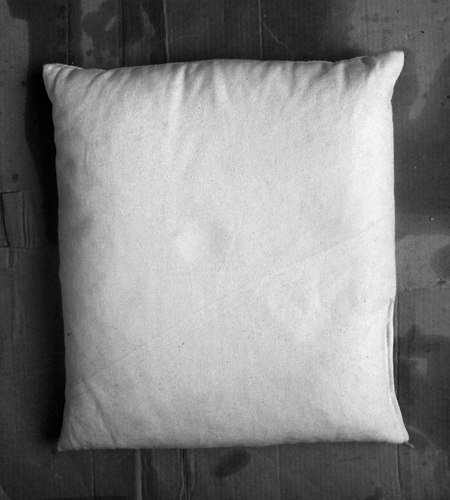CH 52: I Know Kung Fu
Today, there are many different forms of self- defense, from Kung Fu to Aikido to Karate to Taekwondo. These art forms are popular the world over, and help their practitioners develop focus, concentration, relaxation and self-confidence. Since these systems are based on very specific patterns of movement, we can analyze these movements with mathematics to better shed light on why they are effective. For example when we consider strikes, which every art form possesses, we can determine the energy of the strike. Using the mass of the punch, gravitational acceleration, the velocity of the fist, and depending on the punch, the torque velocity of the fist, we can effectively calculate the overall energy of a given strike. Not surprisingly, the amount of mass has a linear relationship with energy so more mass equals more energy. Interestingly, a shift in the overall height of the body from the beginning of the strike to its end also has a linear relationship with energy. However, more than these factors, speed has a quadratic relationship with energy so the faster the strike the greater the energy. This is good news for people with low mass, they can more than compensate by an increase in overall speed relative to their higher mass opponent. Based on this understanding, it makes sense then that kicks can deliver a greater mass and in many cases a greater velocity, which gives kicks higher overall energy to strikes involving the arms. Besides the ability to quantify energy from strikes and kicks, we can also look at Martial Arts in a strict geometric sense, which can help analyze the efficiency of the movements involved.
For example, most people know that the shortest distance between two points is a straight line. This fact is an example of how the art form Wing Chun is able to use efficiency to be effective. Wing Chun was invented by a nun, and allows a much smaller opponent to beat a much bigger one. Speaking of effective, the best way to be so in any martial art is one word: practice, and lots of it. Modernity can tend towards an instant gratification mindset but the true reward in martial arts is ideally a lifetime of practice as you begin to do it correctly.







